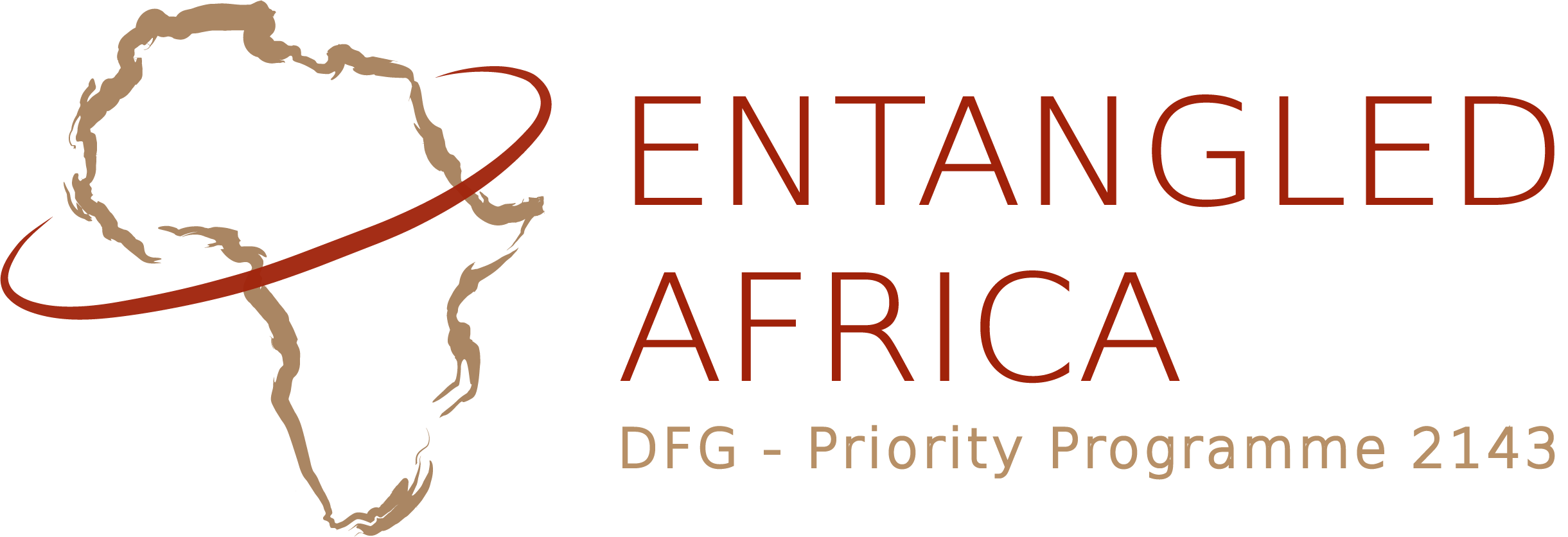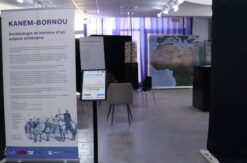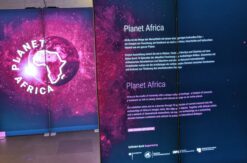SPP Networking Meeting “Natural Sciences”, November 18-19, 2019
Within the SPP, several projects explore past climate and ecosystem changes, land-use patterns and subsistence strategies as well as landscape transformations. The projects tap different archives and proxies, such as anthracology (charcoal analysis), pollen analysis, wood cell structures (on tree rings), geochemistry (on lake sediments), remote sensing, topographic mapping or geomorphology., A central aspects is to account for the influence of climate and environment onto trajectories of human history, and vice versa the human impact as a factor in environmental changes.
The objective of the first meeting of the researchers applying natural sciences within the SPP was to develop first coherence issues, transcending the spatial and/or temporal overlap of the respective project’s research periods and areas, as well as methodological conformities.
During the first discussions, two major thematic coherence issues emerged:
- Climatic changes. Within this topic,regional and temporal scopes of investigation differ to some extent depending on the proxies examined. The supra-regional impacts of climate developments will foster discussions crossing projects borders, derived e.g. from multiple tree ring parameters informing about temperature and/or precipitation changes and/or its seasonality alterations. Local and regional climatic variations will contribute to the understanding of living conditions on the spot and in a wider region, reconstructed by e.g. geochemistry and pollen analysis.
- Anthropogenic changes of the environment. Their investigation comprises local to regional geomorphological as well as ecosystem changes. Landforms such as holloways and gullies inform about routes between settlements and about landscape transformation through humans. Botanical archives inform about transformation of ecosystems through plant cultivation, plant propagation, other land-use patterns and other interchanges of biota.
These two key aspects reveal the potential of entangled archaeological and natural palaeo-science research within the SPP – in line with the understanding that “Entangled Africa“ includes entanglement of people as well as entanglements of ecosystems, landscapes and climate. Disentangling these cultural and environmental interrelations requires a broad interdisciplinary approach. The natural sciences will trace anthropogenic land cover changes, mobility routes, regional to subcontinental propagation processes of e.g. crop plants, as well as climate-driven landscape and ecosystem changes as part of local to (supra-)regional cultural developments..
Concerning methodological conformities, it quickly turned out that that similar data types are generated and analyzed, such as count and measurement values, remote sensing data, etc. This will facilitate data exchange and offers the possibility to store data in common databases. It was decided that site-centered paleoecological data, stored in, or convertible to csv. files, will eventually be integrated into Neotoma Paleoecology Database and Community (https://www.neotomadb.org/).
This allows to use the data exploration tools offered by Neotoma and include data generated outside the own project into analyses. Mapping data for analysis evolved to be another common approach of several projects.

fig. 1 / J. Sigl 
fig. 2 / J. Sigl
The two-day networking meeting was hosted by Deutsches Archäologisches Institut, Referat Naturwissenschaften, with the support of the program coordination project. Participating were Michèle Dinies (Berlin), Alexa Höhn (Frankfurt), Jacob Hardt (Berlin), Ingo Heinrich (Berlin), Philipp Hoelzmann (Berlin), Judicael Lebamba (Köln), Reinder Neef (Berlin), Lena Schimmel (Berlin), Johanna Sigl (Bonn).
Authors: Alexa Höhn and Michèle Dinies




